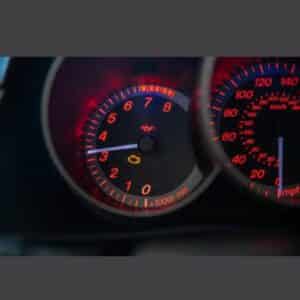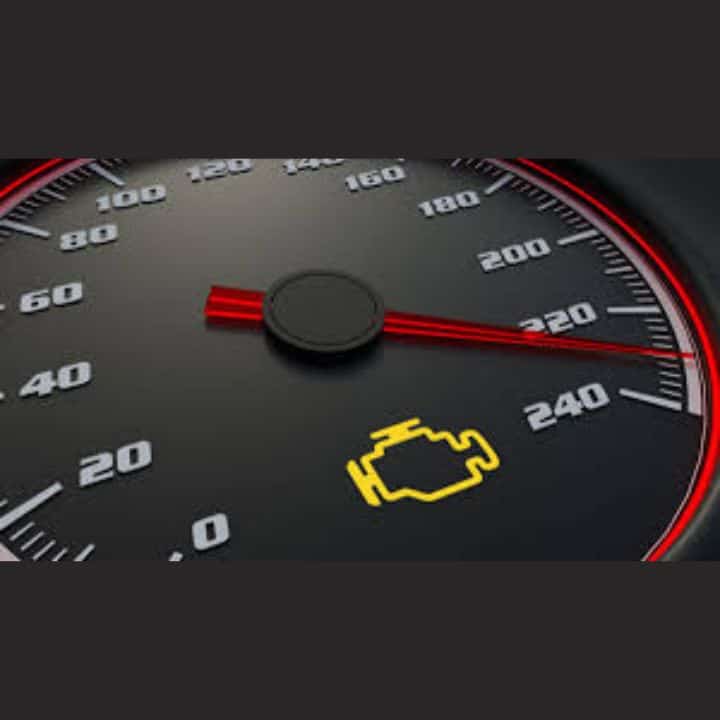A blinking check engine light can be a frustrating and alarming sight for any car owner. Unlike a solid check engine light, which typically signals a minor issue, a blinking check engine light suggests a more serious problem that requires immediate attention. In this article, we will explore what it means when your check engine light blinks, the potential causes, and the steps you should take to address the issue.
Understanding the Check Engine Light
The check engine light (CEL) is part of your vehicle’s onboard diagnostic system, designed to alert you when it detects an issue with the engine or related components. A steady light means the system has detected a non-critical issue, such as a loose gas cap or a sensor malfunction. However, when the light blinks, it indicates that something is wrong that could cause severe damage to your engine if left unaddressed.
Why Does the Check Engine Light Blink?
A blinking check engine light typically signals a major issue, most commonly linked to the engine’s combustion process. When the light blinks, it means that your engine is misfiring, or it could be a result of problems with components like the fuel system or exhaust system. Ignoring a blinking check engine light could lead to more expensive repairs down the line, as well as potential engine failure.
Here are some common reasons why your check engine light might blink:
1. Engine Misfire
This leads to incomplete combustion and causes the blinking check engine light. Misfires are often caused by problems with the ignition system, such as worn-out spark plugs, faulty ignition coils, or a dirty fuel injector. Misfires can significantly damage your engine if not fixed quickly.
2. Faulty Catalytic Converter
When it fails, it can cause the engine to overheat and may result in significant damage to other components. A failing catalytic converter often produces a noticeable decrease in engine performance and fuel efficiency.
3. Overheating Engine
An engine that overheats can trigger the blinking check engine light as well. Overheating can happen for various reasons, including low coolant levels, a broken water pump, or a malfunctioning thermostat. If your engine is constantly overheating, it’s critical to address the issue immediately to prevent permanent engine damage.
4. Fuel System Issues
A faulty fuel system can also cause your blinking check engine light to turn on. Issues such as a clogged fuel injector, malfunctioning fuel pump, or dirty fuel filter can disrupt the flow of fuel to the engine, causing it to misfire. These issues need to be addressed as soon as possible to prevent further complications.
5. Ignition System Failure
A blinking check engine light can indicate problems with the ignition system, such as a failed spark plug or ignition coil. If left unaddressed, this can cause engine misfires and other serious issues.
What to Do When Your Blinking Check Engine Light Turns On
If your blinking check engine light comes on, don’t ignore it. Here’s what you should do:
1. Stop Driving
If the light is blinking, stop driving your vehicle as soon as it is safe to do so. Continuing to drive with a blinking check engine light can cause further damage to your engine, particularly if it’s related to a misfire or overheating. If you’re on a highway or in an area where stopping is difficult, try to reach a safe location to pull over.
2. Check for Obvious Issues
While you may not be able to fix the issue immediately, it’s a good idea to check for simple problems that may be causing the light to blink. A loose gas cap can cause a check engine light to come on, although it’s usually a solid light rather than blinking.
3. Get a Diagnostic Check
After you’ve stopped your vehicle, the next step is to have it diagnosed by a professional. Mechanics use a device called an OBD-II scanner to read error codes from the vehicle’s onboard computer system. These codes can help identify the root cause of the issue. If the blinking check engine light is caused by something like a misfire, it may trigger a specific error code related to the ignition system or fuel system.
4. Address the Problem Promptly
Once the cause of the blinking check engine light has been identified, it’s crucial to have the issue addressed as soon as possible. Ignoring the problem could lead to more expensive repairs or complete engine failure. For example, if the issue is a faulty ignition system, delaying repairs can result in additional strain on the engine, potentially causing permanent damage.

Common Solutions to Fix a Blinking Check Engine Light
Depending on the specific cause of your blinking check engine lights-the repairs may vary. Here are some common solutions that mechanics use to fix the issue:
1. Replace Faulty Spark Plugs or Ignition Coils
If the cause of the blinking light is a misfire due to faulty spark plugs or ignition coils, these parts will need to be replaced. Spark plugs should be inspected regularly and replaced as needed to keep your engine running smoothly.
2. Replace the Catalytic Converter
A failing catalytic converter often requires replacement. This can be a costly repair, but it’s necessary to prevent further damage to the engine. Regularly maintaining your exhaust system and addressing issues early can help prolong the life of the catalytic converter.
3. Coolant System Repair
If your blinking check engine lights is caused by overheating, your mechanic will likely need to repair or replace parts in the cooling system. This may include adding coolant, replacing the thermostat, or fixing a broken water pump.
4. Fuel System Cleaning or Repair
If fuel delivery is the issue, your mechanic might clean or replace clogged fuel injectors or replace a faulty fuel pump. Keeping your fuel system clean and using quality fuel can help prevent these problems from occurring.
Read more: Commercial Real Estate Lawyer
Preventing a Blinking Check Engine Light
While you can’t prevent every issue that causes a blinking check engine lights, there are several steps you can take to reduce the likelihood of major engine problems:
Q. Regular Maintenance
Following the manufacturer’s recommended maintenance schedule is crucial for keeping your vehicle in good working order. This includes changing the oil, replacing air filters, and inspecting spark plugs regularly.
Q. Address Problems Early
Don’t wait until the check engine light blinks to address issues. If you notice any unusual sounds, smells, or performance issues, have your vehicle checked out before they escalate into more serious problems.
Q. Use Quality Fuel
Using high-quality fuel and avoiding running your vehicle on low fuel levels can help protect your fuel system from clogging and prevent issues that could lead to a blinking check engine lights.
Final Thoughts Of Blinking Check Engine Light
A blinking check engine lights should never be ignored. While it may indicate a minor issue in some cases, it often signals a major problem that could lead to significant engine damage if left unresolved. By understanding the potential causes and taking prompt action, you can avoid costly repairs and ensure the longevity of your vehicle. Remember, if the blinking check engine lights comes on, it’s essential to stop driving immediately, get a professional diagnosis, and address the problem as soon as possible.






